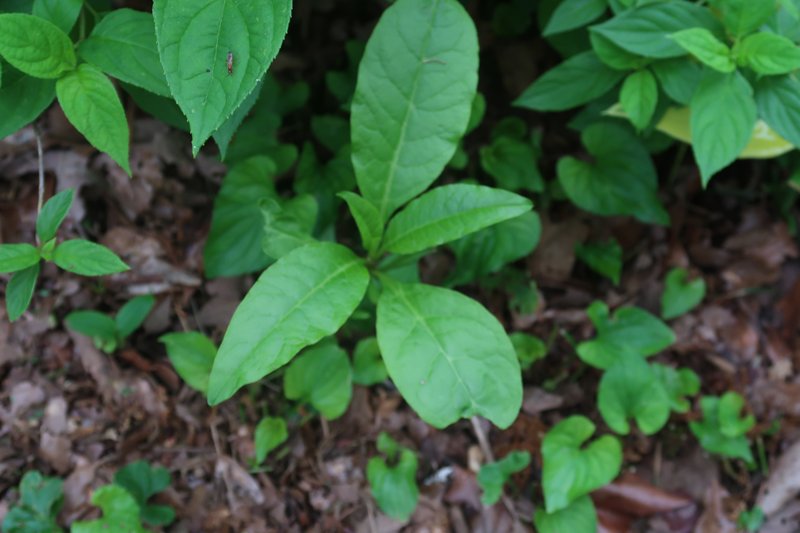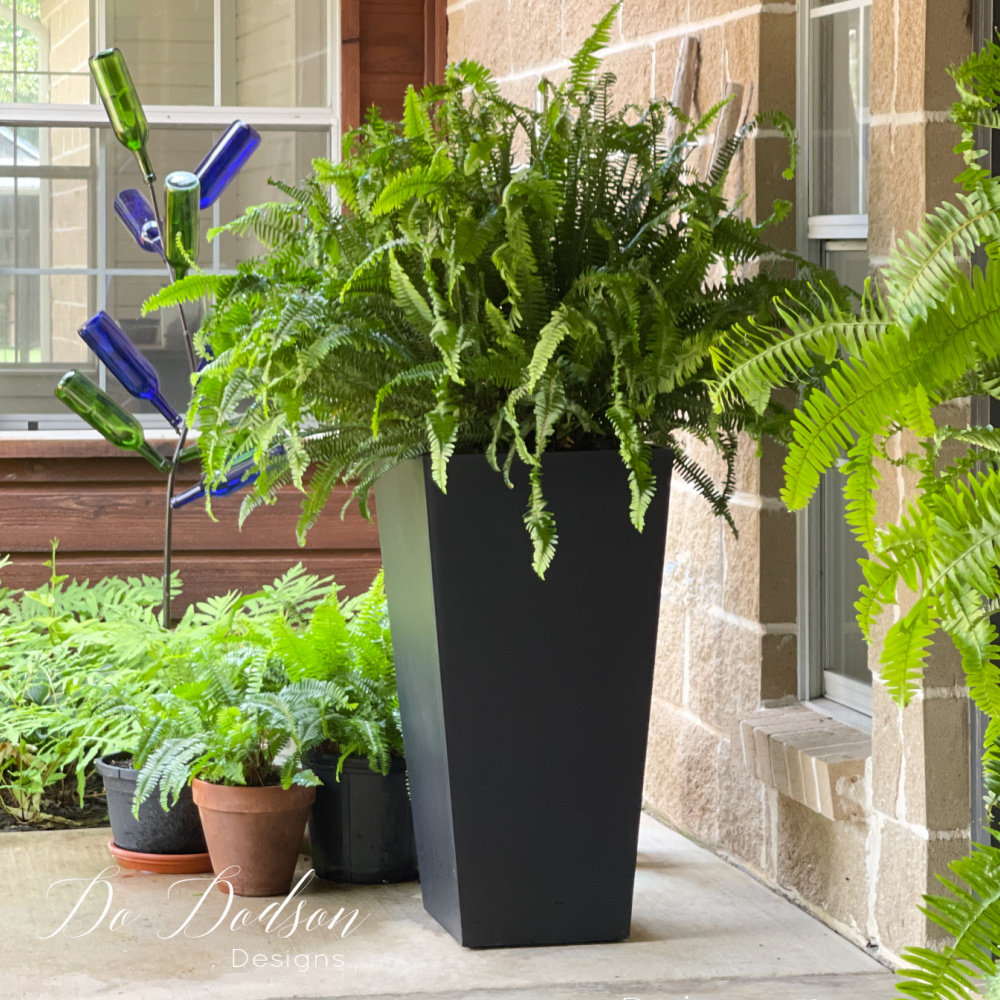What Plants Don't Like Epsom Salt and Exactly How It Impacts Development
What Plants Don't Like Epsom Salt and Exactly How It Impacts Development
Blog Article
Discover the Particular Plants That Are Adversely Affected by Epsom Salt Application
Epsom salt, a preferred household remedy for various horticulture woes, is typically commended for its useful results on plant development. Understanding the certain plants that can be detrimentally impacted by Epsom salt is crucial for any type of gardener looking to enhance their plant treatment routine.
Roses

Roses, particularly conscious changes in their setting, can be adversely affected by the application of Epsom salt. While Epsom salt is frequently used as a fertilizer to advertise plant growth and boost flowering, roses are one of the plants that do not react well to its application. The high magnesium content in Epsom salt can conflict with the uptake of various other important nutrients by the rose plants, leading to deficiencies that manifest as yellowing fallen leaves or stunted growth.

Tomatoes
While Epsom salt is frequently promoted as a treatment for numerous plant concerns, consisting of bloom end rot in tomatoes, its application can lead to harmful outcomes if not made use of judiciously. Extreme Epsom salt, which is magnesium sulfate, can disrupt the delicate nutrient equilibrium required by tomatoes, possibly leading to deficiencies in other essential nutrients like calcium. When thinking about the usage of Epsom salt on tomatoes, it is important to stick to suggested application prices and dirt testing to avoid unintentional effects on the overall wellness and efficiency of these cherished yard plants.
Peppers
Peppers, admired for their different shades and degrees of spiciness, can show sensitivity to unfavorable impacts from Epsom salt when not applied with treatment and factor to consider for their particular dietary requirements. what plants don't like epsom salt. Peppers, coming from the Solanaceae household, call for a delicate balance of nutrients to thrive. While Epsom salt is understood to improve magnesium degrees in plants, extreme application can interrupt this stability, bring about negative impacts on pepper plants
When peppers are exposed to high degrees of magnesium from Epsom salt, it can hinder the plant's capacity to take in various other crucial nutrients like calcium and potassium. This inequality might materialize in symptoms such as fallen leave staining, stunted growth, and reduced fruit manufacturing. Furthermore, the too much magnesium can change the dirt pH, more intensifying nutrient uptake problems for peppers.

Rhododendrons
Offered browse this site the level of sensitivity of certain plant species to imbalances brought on by Epsom salt, it is necessary to consider the effect on Rhododendrons, which also need particular nutrient degrees to prosper. Rhododendrons are acid-loving plants that like acidic dirt problems with a pH array between 4.5 and 6.0. Epsom salt, chemically referred to as magnesium sulfate, can change the soil pH and interfere with the fragile equilibrium of nutrients crucial for Rhododendron health.

To preserve the optimum development and wellness of Rhododendrons, it is essential to stay clear of the unplanned use Epsom salt and instead concentrate on giving the certain acidic soil problems and nutrients that these plants need for prospering.
Azaleas
These popular flowering plants are often discovered in parks, landscapes, and gardens due to their elegance and adaptability. While Epsom salt is commonly utilized as a remedy for magnesium deficiency in plants, its application to azaleas can have negative results.
When Epsom salt is put on azaleas, it can change the dirt pH, making it much more acidic. Azaleas prefer find out this here slightly acidic soil conditions, and an extra of magnesium from Epsom salt can interrupt this balance, leading to nutrient imbalances and potential toxicity issues. The inaccurate application of Epsom salt can cause stunted growth, yellowing of fallen leaves, and total decrease in the health of azaleas. It is vital to be careful when considering the usage of Epsom salt on azaleas to prevent any unfavorable consequences on these delicate decorative hedges.
Conclusion
To conclude, it is very important to be knowledgeable about the particular plants that can be detrimentally affected by the application of Epsom salt. Roses, tomatoes, peppers, rhododendrons, and azaleas are some instances of plants that may not benefit from Epsom salt and could even endure damage. It is essential to study and understand the requirements of each plant species prior to using Epsom salt as a plant food to ensure their health and health.
Comprehending the particular plants that can be detrimentally affected by Epsom salt is essential for any type of gardener looking to enhance their plant treatment routine. While Epsom salt is commonly used as a plant food to promote plant growth and improve flowering, roses are one of the plants that do not react well to its application.Extreme use of Epsom salt can also result in a build-up of salts in the soil, official source leading to root damages and dehydration of the rose plants. While Epsom salt is known to enhance magnesium levels in plants, too much application can interrupt this balance, leading to negative results on pepper plants.
The high salt material in Epsom salt can additionally dehydrate Rhododendron origins, triggering further stress and damages to the plant. (what plants don't like epsom salt)
Report this page